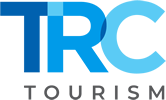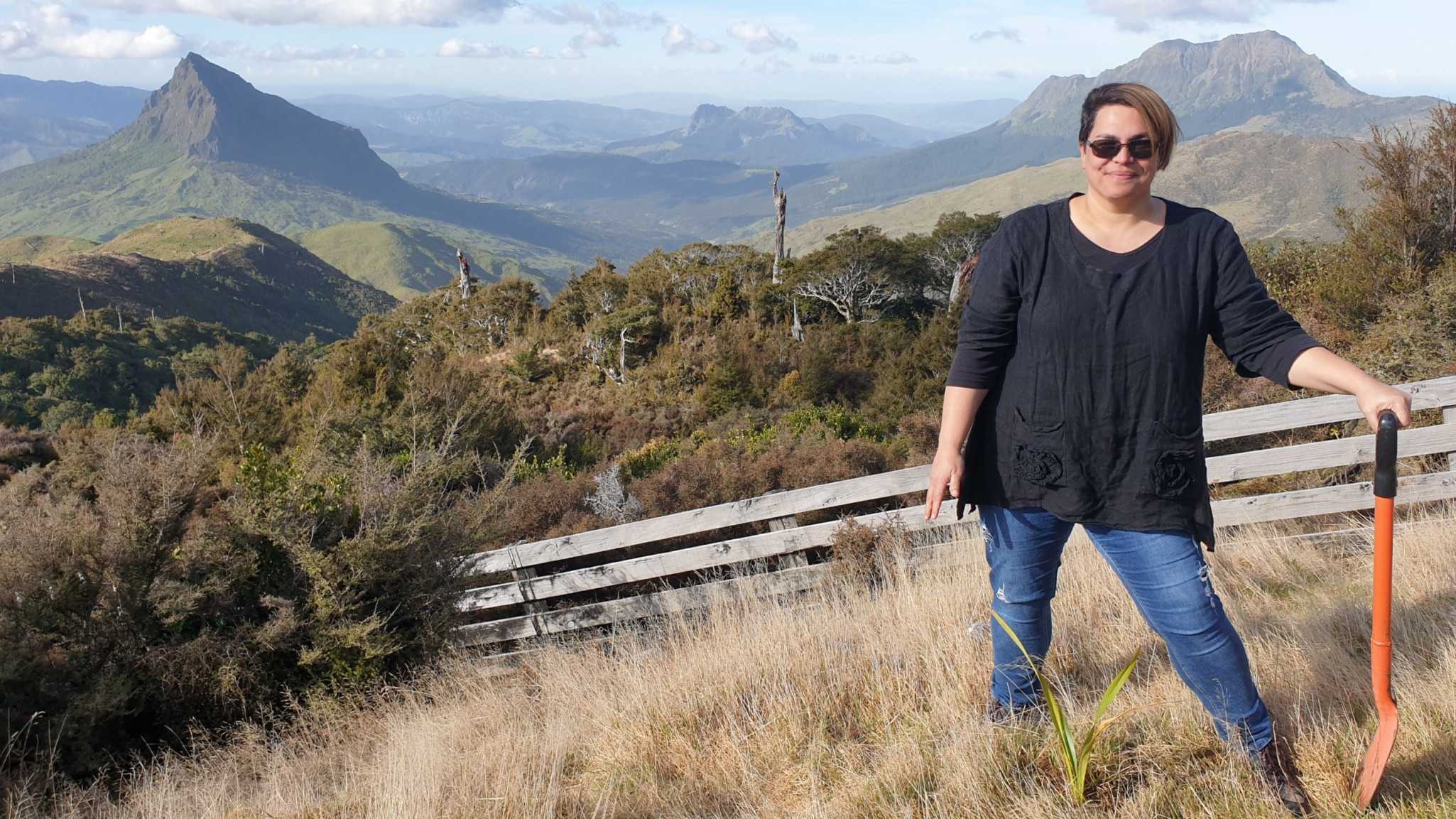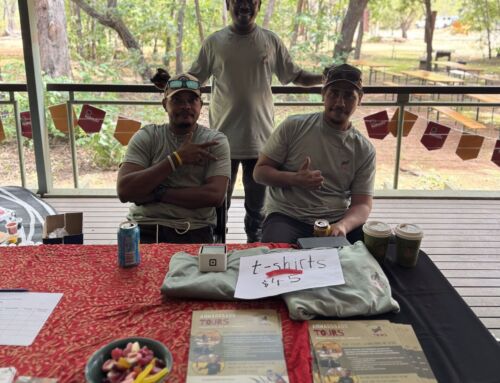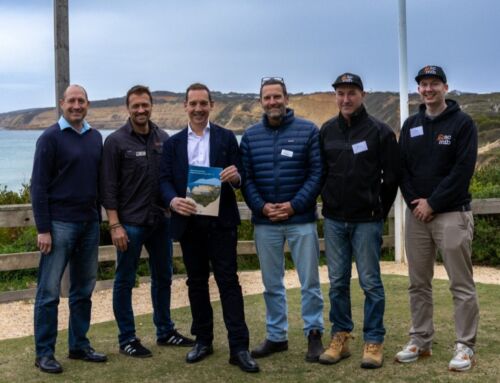Here we are, November 2020. Without the ability to travel, gather and celebrate important milestones together, it’s unbelievable to think the year of 2020 is so rapidly coming to an end. It feels like only yesterday our team was meeting on Waiheke Island New Zealand for our annual retreat – celebrating our 2019 milestones together and passionately planning for 2020, ‘let’s make it our best year yet!’
The year started with bushfires across many parts of Australia including in our own Head Office community of Jindabyne NSW, flooding in parts of New Zealand, followed by the ongoing challenges presented by the global COVID-19 pandemic. These challenges have been especially difficult for destinations around the world and the tourism industry. The effective shutdown of our international visitor markets across Australia and New Zealand, paired with border closures across states and territories have translated into a dramatic decline in visitor movement and spend, impacting the performance and viability of many tourism enterprises.
For many, it’s been difficult to plan for the future – ‘where to next?’ We have heard much messaging from federal government, industry bodies and academics in Australia and New Zealand about the need to build back bigger and better and use these crises as an opportunity to ‘reimagine tourism’. As an Australian and New Zealand tourism consultancy, we’ve also been thinking a lot about what this means, for us as a business and for how we can best support our clients and the people, places and cultures they represent. How do destinations handle the ‘bigger’, what does ‘better’ look like? What are we ‘reimagining’ our industry to be? More importantly – how do we get there?
At one of our weekly online team meetings recently, we decided to have virtual brainstorm on what ‘bigger’, ‘better’ and ‘reimagined’ tourism means. As we reflect on 2020, it feels like so much in the world around us has changed. Our behaviour has changed, our priorities have changed and dare we say it, our appreciation of those things we so often took for granted – spending time with family and friends, being out in nature, immersing in culture, has grown.

Managing the bigger…
The pandemic has impacted demand for city breaks as visitors are now seeking destinations away from crowds and instead choosing large open natural outdoor spaces for leisure. After the first wave of COVID-19, tour operators such as Airbnb, Expedia Group and Booking Holdings reported that travellers were already more commonly seeking short breaks away from urban hotspots in more remote and regional locations.
In our conversations and during our own [local] travels, we are seeing some destinations (particularly those with natural attractions within cooee of large cities) experiencing huge increases in domestic visitor numbers. Our nature tracks and trails have seen a rise in visitor numbers post-lockdowns, with people placing immense value in the joy and general well-being they gain from connecting with the natural environment.
And this demand will continue. At the recent Australian Regional Tourism (ART) Convention, Tourism Australia shared some fascinating insights:
- Domestic visitors are avoiding big cities – 51% of are seeking coastal destinations, 34% regional destinations, and only 15% are desiring a city holiday. There has been a movement by visitors to avoid places of mass population as a safer travel option. Those previously in city lockdowns are now desperate for regional, coastal and nature experiences.
- Internationally, our previous barriers of ‘distance’ (Australia and New Zealand are so far away, Australia is too big to get around) and ‘time’ (time taken to travel and time to get from one destination to the next) are now our biggest drawcards. Australia is currently number one on the list of desired international travel destinations, our wide open spaces and remote attractions are highly prized.
These statistics demonstrate that our relationship with the outdoors is deepening as we emerge from lockdown. This demand has the potential to place pressure on infrastructure such as walking and cycling trails, as well as popular parks and reserves – bigger for these special places may not always mean better.
With this increasing demand, how do we sustainably manage ‘the bigger’, while keeping the momentum going? As a destination, we also need to ask ourselves:
- What kind of experience do we want visitors to have?
- Is the infrastructure in its present form able to handle ’bigger’?
- How can we improve the experience, while minimising negative impacts?

Making it better…
Just like the Niue example, the aftermath of the Covid-19 pandemic has seen many local governments and RTOs reassessing their destination management plans. With the evidenced changing experience demands, impacts felt by the tourism industry and the need to cater for an entirely domestic market, now is the time for destinations, communities and industry to work together holistically, not in silos. We need to think beyond ‘destination management plans’ and instead think on ‘destination management programs’. We need an approach that brings communities and stakeholders together on the destination journey so that tourism isn’t just made better for visitors and those in the tourism industry, but ensures that tourism makes the places we live better.
As part of this process of striving for ‘better’, we are starting to see more local governments and RTOs adopt design thinking in their approach and working with local Indigenous communities, farmers, non-tourism operators and wider community members to understand what better looks like and means to them. Making it better is beyond just having a tourism plan, it’s enabling a program to implement the vision, goals and strategies, provide appropriate resources, adhere to guiding principles, build capability and capacity, keep communities and stakeholders involved, and measure, monitor and evolve as needed.

How do we ‘reimagine’ tourism?
When we discussed this at our recent virtual brainstorming session, we all had different ideas about what this means – and it’s likely you do too. There is no wrong or right answer, as the word ‘imagine’ can be just about anything that you want it to be. For us, we constantly circle back to our ‘tourism for good’ philosophy. Is this idea/approach/plan good for people, the places they love, the cultures that define them? ‘Reimagining’ does seem like quite a luxury in this current climate as most of us are just keen to get on with it, get visitors back and get the economy flowing again.
Reimaging though right now is crucial. Crucial to ensure we can sustain ‘bigger’, critical to ensure that we deliver and receive ‘better’. Right now, our destinations need solid long-term management approaches that view tourism through a different lens – one that has a more multifunctional purpose that includes community aspirations and creating value beyond economic return. Reimagining what tourism can do for the regeneration of our ecosystems, for the enhancement of socio-cultural customs, and the revitalisation of the special places that bring us together, shape our communities and create local pride.
We also need to ‘reimagine’ our execution. At the ART Convention last week, Tourism Australia presented the priorities for destinations and businesses going forward. Priorities for domestic visitors and long-term international visitation will include:
- The ability to practice social distancing
- Provision of up-to-date media
- Opportunities to avoid crowded areas
- Full refund policies and/or credit policies
- The ability to cater for last-minute bookings – visitors will make a final commitment once they feel assured a destination is safe to visit as close to their travel dates as possible
- Active social media presence.

‘You are only limited by your imagination’
Without sounding clichéd, it feels like there is a ‘light at the end of the tunnel’. The number one motivation for domestic travel in New Zealand and Australia is to help the tourism and hospitality industry recover. There is also a great deal of trust, with 65% of Australians trusting the tourism and hospitality industry to keep them safe. With 70% responding they had no plans to travel internationally for a while, there is a potential $53.8B in visitor expenditure up for grabs that would usually be spent by Australians travelling overseas. We also need to be prepared for anticipated international travel bubbles as borders re-open to COVID safe destinations.
There is a lot for us to think about, but there is also a great deal of opportunity through reimagining to sustainably manage the bigger and plan, deliver and benefit from better.
So, has 2020 been our ‘best year yet’? Profitably – no. But that was never our intention. ‘Best year yet’ to us means delivering on our philosophy of ‘tourism for good’, through delivering ‘sustainable solutions for people, places and cultures’. Have we achieved this? We believe we have – for the destinations and businesses we have worked with, and for ourselves as a more sustainable and responsible business. And for 2021, our never-ending imagination will ensure we continue to do it even better.

‘Imagination is more important than knowledge. For knowledge is limited, whereas imagination embraces the entire world, stimulating progress, giving birth to evolution.’
(Albert Einstein)








